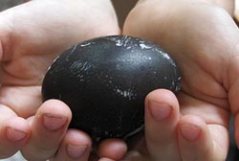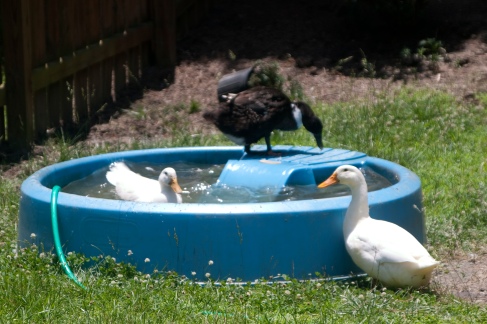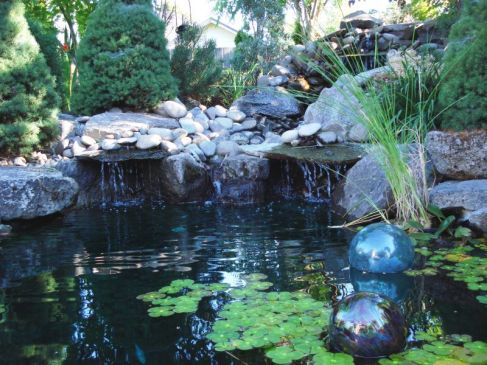My babies are growing 🙂
Last Fall I saved some seeds from my favorite organic home-grown (in my backyard) gourds… and THIS is what they’re doing now! 🙂
Here’s how to harvest and plant your own little organic garden:
1. HARVEST SEEDS
Select a generous fruit/veggie to harvest seeds from. You want your future plants to have the best chance for success! Choosing a bountiful, large, healthy “mama-fruit” to take your seeds from is the first step in a productive garden plan!
2. CLEAN SEEDS
Gently rinse the fruit matter (pulp) and debree off of your seeds with cool water (not hot or soapy!). This insures there’s nothing for fungus, mold, or gnats to feed on while your seeds are stored. These culprits can destroy your hopes for next years garden! Lay seeds out on a plate or paper towel to air dry after rinsing.
3. STORE SEEDS
After you’ve allowed your clean seeds to air dry, seeds need to “winter” or “harden” by spending a season asleep. You can safely store seeds in a breathable container (allowing fresh air to circulate) in your fridge to mimic the winter season. I use simple envelopes that I’ve painted or labeled for seed storage. Cotton tea bags work great, too. Just remember to label them so you can identify what you’re planting next Spring!
4. START SEEDLINGS
A few weeks before Spring officially starts you can sprout your seeds indoors! This is where the magic happens! Begin with a clean seed-starting medium (seedlings don’t actually need soil until they’re about a week old – before then the seedling lives off of the nutrients that were stored in the seed itself!). You’ll have more success if you sprout your seeds in a damp paper towel overnight. Transfer these little sprouts gently to a tray or container of soil. Keep them damp (not soaking wet and not dry) and watch your garden grow before your eyes!
5. TRANSPLANT
After all danger of freezing has past in your area (no chance of temperatures dipping below 32° at night) then you’re ready to bring your teenage plants outside to mature! By now they’ll be bushy mini plants anxious to spread their roots and leaves in the warm earth and sunshine! To help them adjust to the outdoor life, set them outside (still in their tray or pot) during the daytime for a few days before transplanting them permanently. This helps them get use to the elements (like wind or rain and fluctuating temperatures) gradually and lessens the likelihood of shock (which could destroy your precious plantling). After a few days of this they’re ready to join the soil outside! Pick a spot with plently of sunshine and rich healthy soil and hasn’t been exposed to chemicals or artificial fertilizers within the last 3 years. If necessary, you can purchase organic soil to add to your garden area from your local garden center. I make my own rich organic soil (instructions on how to do that will be in a later post). Thouroughly water the spot before planting so the new plant will have optimal conditions for thriving in its new home!
6. WATCH YOUR GARDEN GROW
For the rest of the garden season keep an eye on your plants. You’ll want to keep the ground watered frequently enough that the plants do not wilt. If you see some of the leaves turning yellow this may be an indication that they’re getting too much water. Decrease your watering over the next week or two and your plants should recover.
7. HARVEST TIME
Let the fruits and veggies ripen on the plant. When they look tasty… pick them and eat! And remember, save the seeds from the biggest, most delectable, generous fruit for next year’s garden!
Enjoy your HAPPY LIFE!






